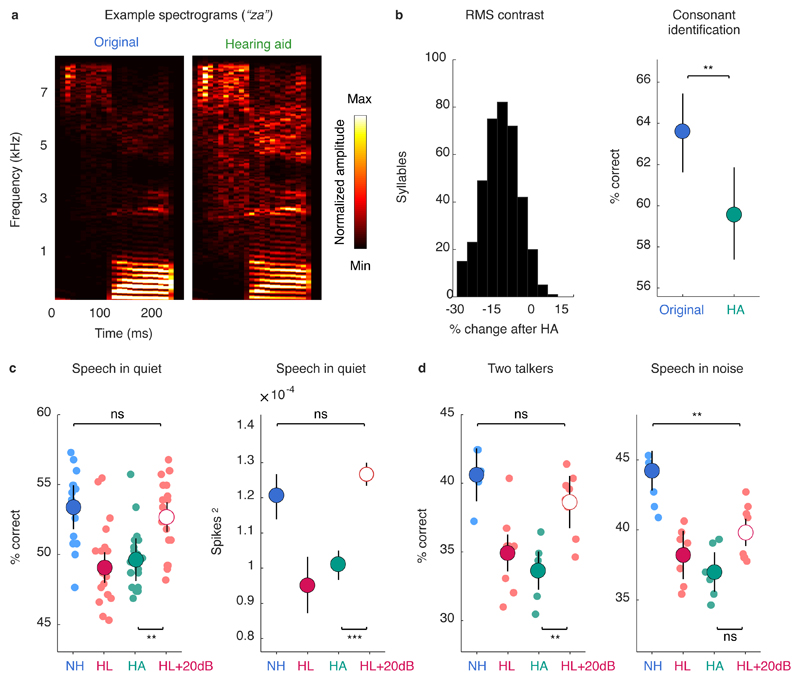Fig. 6. Hearing aid compression decreases the selectivity of neural responses to speech.
a, Spectrograms showing the log power across frequencies at each time point in one instance of the syllable “za” before and after processing with a hearing aid. b, Left, percent change in RMS contrast of all syllables (n = 384 instances with 16 consonants followed by each of 4 vowels spoken by each of 8 talkers) after processing with a hearing aid. Only the first 150 ms of each syllable were used. Right, Performance of a support-vector-machine classifier trained to identify consonants based on spectrograms either before (Original) or after (HA) processing with a hearing aid (mean ± standard error across 10 different held-out samples). c, Left, Performance of a support-vector-machine classifier trained to identify consonants based on population single-trial responses to speech at 62 dB SPL. Results are shown for normal hearing gerbils (NH) and gerbils with hearing loss without a hearing aid (HL), with a hearing aid (HA), and with linear amplification (HL+20dB) (values for each population are shown along with mean ± 95% confidence intervals derived from bootstrap resampling across populations). Right, Magnitude of the differential signal component for single-unit responses to speech at 62 dB SPL (mean ± 95% confidence intervals derived from bootstrap resampling across neurons). d, Performance of a support-vector-machine classifier trained to identify consonants based on population single-trial responses to speech at 62 dB SPL. Results are shown for speech in the presence of ongoing speech from a second talker at equal intensity and speech in the presence of multi-talker babble noise at equal intensity, presented as in c.

